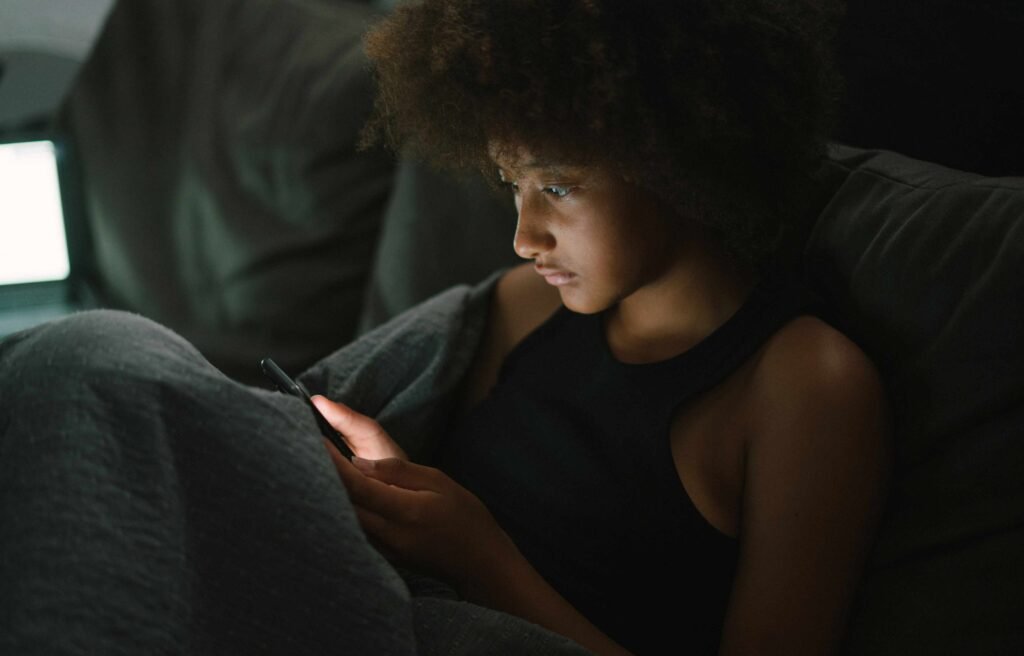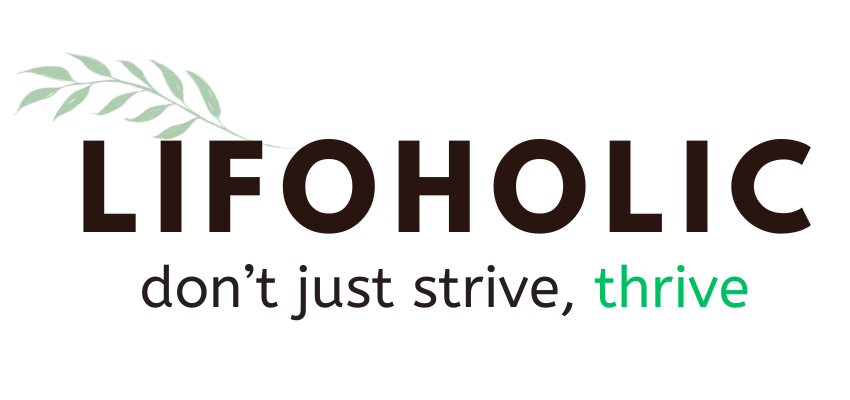There is a quiet shift happening, one you do not notice until your thumb aches from scrolling. Social media began as a tool for connection, but it has evolved into a persistent companion—always there, always waiting. Now, millions check their feeds first thing in the morning and last thing at night. What once felt like harmless distraction has morphed into dependence. The signs of social media addiction are not always loud. They show up in small moments—when silence feels unbearable without background videos, when one notification determines your mood, when reality feels dull compared to your feed.
This is not a generational issue. It is a design issue, a behavioral issue, and most of all, a growing mental health concern. And it is time we name it, understand it, and take it seriously.
You Check It Without Thinking—That’s Not Harmless
You tell yourself it is quick—just one look. But that “one look” turns into minutes, then hours. This compulsive reflex is one of the clearest signs of social media addiction. You open apps not because you have something to see, but because your brain demands it. Behavioral scientists call this “habit loops”—unconscious actions triggered by cues like boredom or stress. The reward? A quick hit of novelty, a scroll that never ends. Over time, this rewires how your mind handles downtime.
Silence becomes discomfort. Stillness feels wrong. You are not choosing the app anymore; it is choosing you. If opening Instagram or TikTok is your first reaction to waiting in line or waking up, take note. Automatic behavior is not casual use. It is the system working exactly as it was built to.
You Measure Your Mood in Likes and Comments

Your post is up. Now you wait. Every notification sparks a pulse of excitement. No notification? You feel disappointed—sometimes irrationally so. This emotional swing is one of the quieter but more damaging signs of social media addiction. Likes have become more than digital approval; they are psychological validation. When your mood shifts based on how many people engage with you, it is no longer just social. It is chemical. Dopamine, the brain’s reward messenger, surges with each interaction.
Over time, your emotional regulation starts depending on external responses. That post that flopped? It ruins your day. That reel that blew up? You chase that high again. If your self-worth now rises and falls with metrics, the feed has taken deeper control than you realize.
You Try to Stop, but the App Keeps Winning
You deleted the app. You made a promise. But then—you’re back. You reinstall. You scroll again. This cycle of relapse is one of the strongest signs of social media addiction. It is the moment when willpower loses to design. These apps are not neutral. They are engineered for return. Features like infinite scroll, autoplay, and push notifications are not accidental—they are carefully developed mechanisms meant to override your stop signals. If you have tried and failed to reduce your use multiple times, you are not weak.
You are up against one of the most well-funded psychological labs in human history. Breaking free will require more than discipline. It requires strategy, awareness, and yes—replacing the rush with something slower, more rooted in the real world.
You Feel Empty When You Are Not Online
Take away the app, and what is left? If you feel restless, irritated, or lost without access to your social feed, it is time to pay attention. Emotional withdrawal is one of the lesser-known but deeply real signs of social media addiction. You may feel disconnected, anxious, even physically uncomfortable when your phone is out of reach. That is not overreaction—it is dependence. Your brain, accustomed to a steady stream of stimulation, does not know how to settle. That discomfort? It is withdrawal from dopamine overload.
Many users do not realize how profoundly this impacts their focus, creativity, and relationships. They believe boredom is the problem, but it is not. The problem is overstimulation. The solution? Relearning how to be still—and how to be okay with it.
You Scroll Through Other Lives and Feel Less About Yours

Social media is a mirror, but a distorted one. What you see is filtered, edited, and cropped to perfection. And yet, you compare it to your reality. This relentless comparison is among the most corrosive signs of social media addiction. Studies show people who spend more time on these platforms are more likely to feel inadequate about their appearance, career, or relationships. It happens subtly. You see someone’s vacation, and suddenly your weekend feels wasted.
You read a stranger’s success story, and your progress feels small. It becomes harder to appreciate what you have. The damage is not in the images themselves—it is in what your brain does with them. Constant comparison rewires your self-assessment. If scrolling leaves you feeling worse, not better, that is no accident. It is the cost of the illusion.
You Lose Hours, But Cannot Explain Where They Went
Time becomes elastic when you are deep in the feed. You open your phone at lunch, and suddenly it is dark outside. This time distortion is one of the most visible signs of social media addiction. The design is deliberate. Infinite scroll, autoplaying videos, and algorithmic content create a loop that kills the pause—a natural stop point where your brain might otherwise ask, “Do I still want this?” Without friction, time disappears. And with it, tasks get postponed, conversations are missed, sleep gets sacrificed.
A poll conducted earlier this year showed that over 47 percent of users regret how much time they spend online—but still struggle to change. Why? Because the apps are not built to help you leave. They are built to keep you exactly where you are: scrolling.
Your Real-World Interactions Are Drying Up
When the screen becomes your main source of interaction, real-life relationships suffer. You find texting easier than calling. You avoid social events, preferring the low-stakes world of stories and replies. This shift is not preference—it is withdrawal. Social skills, like muscles, weaken when not used. One of the clearest signs of social media addiction is emotional disconnection in physical spaces. You are present, but not engaged. With friends, but reaching for your phone.
Studies show that heavy users report higher levels of loneliness despite more digital contact. Why? Because passive engagement is not connection—it is mimicry. If you are finding in-person conversation draining or dull, ask yourself if your baseline for stimulation has changed. If your mind craves constant input, reality may no longer feel enough.
Closing Insight: The Metrics of Addiction
Social media addiction is measurable. The average adult now spends over 2 hours and 37 minutes daily on platforms. Among teens, that number crosses 5 hours. In a 2025 consumer behavior report, 34 percent of respondents admitted checking social media in the middle of the night. 41 percent of users said they felt worse about their lives after scrolling. And 68 percent said they had tried to cut down—but could not. These are not outliers.
These are patterns. Designed behaviors. Systematic rewiring of how we think, feel, and connect.
If you recognize the signs of social media addiction in your own life, begin not with guilt—but with curiosity. Start asking different questions. Is this helping me feel connected or hollow? Empowered or anxious? The answers will not come in one detox or break. But they will come with awareness. The moment you start noticing, you have already begun to reclaim your attention. And in today’s economy of distraction, attention is the rarest currency we still control.





